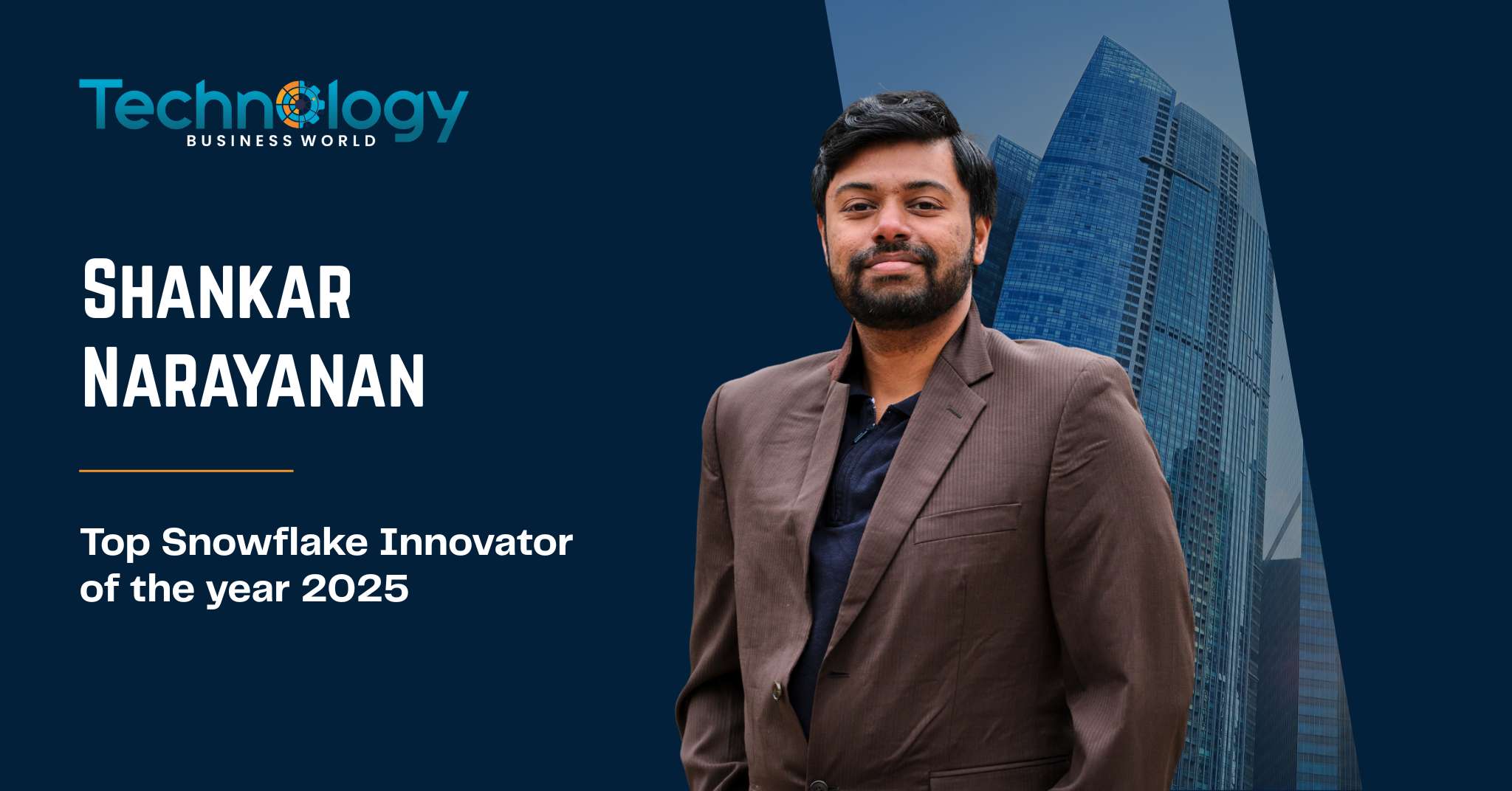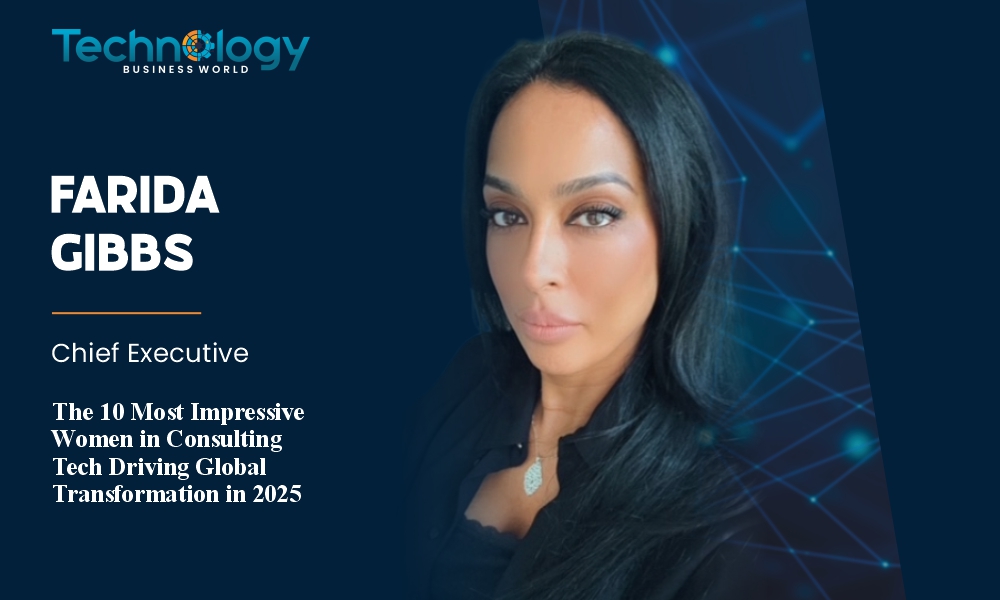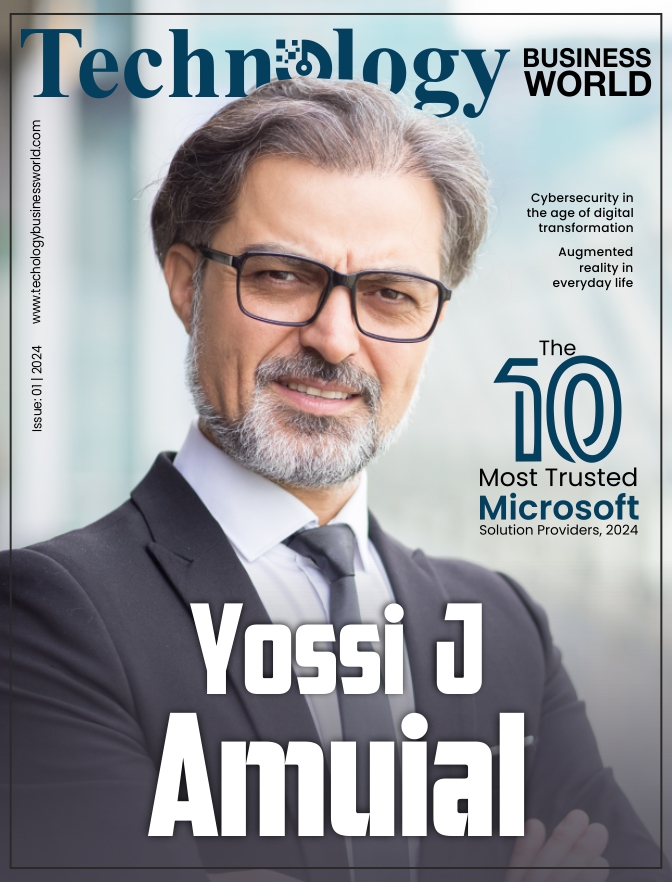From the moment he laid eyes on a computer screen, Shankar Narayanan was destined to reimagine the landscape of data and cloud technology. In 2025, his name emerged at the forefront as one of the Top Snowflake Innovators of the Year—a recognition that, for those familiar with his work, comes as no surprise. With a remarkable journey that fuses entrepreneurial grit, technical excellence, and an enduring commitment to community empowerment, Shankar has not only shaped his personal trajectory but also redefined what it means to innovate in a data-driven world.
Shankar’s fascination with technology started at a young age. Long before he held titles or garnered accolades, he was simply a curious child captivated by the inner workings of machines. It was his father who introduced him to their first PC—a move that would unknowingly set the course for Shankar’s entire future. Hours spent navigating Windows, experimenting with games, and probing the system sparked a deep and abiding interest in understanding how things worked beneath the surface.
By the time he was sixteen, Shankar had already earned his first Microsoft certification in Windows Server 2003. This early milestone was more than just an accomplishment; it was the ignition point for a lifelong commitment to learning and innovation. Over the years, he amassed more than 25 certifications spanning cloud computing, cybersecurity, and distributed systems. These credentials, however, only scratch the surface of a broader philosophy Shankar lives by a mindset rooted in curiosity, persistence, and the drive to solve real-world problems.
His undergraduate years became the proving ground where passion began to meet purpose. Shankar took his first leap into entrepreneurship by founding a small venture focused on building websites and applications. It was a bold move for a young student, but one that quickly evolved into more impactful work. One of his early breakthrough projects involved modernizing a mainframe data application for India’s Ministry of Defense. This wasn’t just about technology, it was about bridging the gap between legacy systems and modern needs, between data silos and operational efficiency.
This early exposure to mission-critical systems taught Shankar how to blend technical precision with strategic thinking. When his venture was acquired, he transitioned into a leadership role at Visual BI, where he managed data and AI consulting engagements for more than 100 clients across sectors like finance, healthcare, and retail. Each engagement was a unique puzzle—optimizing ETL pipelines, designing analytics dashboards, ensuring data governance, or securing sensitive information. It was here that Shankar honed his ability to translate complex technology into business outcomes. He learned to listen deeply to customer challenges, to lead with empathy, and to build solutions that could scale.
Today, as the leader of Microsoft’s Snowflake Platform ISV team, Shankar continues to operate at the nexus of business value and technical excellence. His role is both visionary and hands-on designing co-sell solutions that integrate Azure and Snowflake while ensuring that enterprise customers can unlock the full potential of their data assets. The focus is clear: measurable impact. Whether it’s accelerating time-to-insight, reducing the total cost of ownership, or enabling AI-driven innovation directly on Snowflake, Shankar’s work is about enabling transformation at scale.
At the core of his leadership lies a simple yet powerful principle which is collaboration. Shankar credits much of his success to the incredible teams he works with at Microsoft. Engineers, product managers, and field experts come together with a shared mission: to empower customers through data. This ethos of collaboration doesn’t just exist within his organization but also extends outward into the broader ecosystem of developers, partners, and open-source communities.
One of the standout contributions that exemplify Shankar’s community-first mindset is his book, The Ultimate Guide to Snowpark. Co-authored with his friend Vivek, this was the first book of its kind to offer a comprehensive, hands-on roadmap for developers diving into Snowpark. When Snowpark launched in mid-2021, it opened up exciting possibilities for developers, particularly the ability to run Python workloads close to the data. But despite its promise, adoption was hindered by a lack of accessible, in-depth resources. Shankar saw the gap and responded.
Working with Packt Publishing, he and Vivek created a guide that went beyond theory. From setup instructions to production-ready pipeline examples, the book became an essential companion for developers eager to make the most of Snowpark’s capabilities. Since its release, the book has sold over 300 copies and has been spotlighted at user group meetups, webinars, and even featured in Humble Bundle’s “Tools for Data Engineers.” But for Shankar, the true reward lies in the feedback, hearing from readers who successfully deployed their first Snowpark jobs using the book’s code samples. It’s a testament to his ability to simplify the complex and inspire confidence in others.
Yet Shankar’s impact didn’t stop at authorship. In a world increasingly hungry for applied AI solutions, he identified another critical need, the rapid experimentation in Snowflake without heavy setup overhead. Thus emerged the Snowflake AI Toolkit, an open-source accelerator built to help teams quickly test Snowflake Cortex AI features, prototype Retrieval-Augmented Generation (RAG) workflows, fine-tune on custom datasets, and more. Developed using Streamlit, the Toolkit offered an interactive and intuitive playground for developers and data scientists alike.
The reception was immediate and enthusiastic. Within just two weeks of its public launch, the Toolkit garnered over 250 GitHub stars and a growing community of contributors. Today, the Toolkit is used not just by customers but also by students preparing for the Snowpark and Native Apps SnowPro certification. It represents everything Shankar stands for: technical rigor, open collaboration, and community upliftment.
Recognition followed naturally. From winning the OnCon Icon Award for Top Data & Analytics Professional for two consecutive years to being named a finalist in the Digital Revolution Awards, Shankar’s work has resonated across the industry. But accolades, in his view, are not personal trophies. Instead, they reflect the collective efforts of the mentors, colleagues, and communities he’s been fortunate to work with. The OnCon award highlighted his journey of building solutions and sharing learnings. Whether through blogs, public talks, or open-source contributions. Being a finalist in the Snowpark category of the Digital Revolution Awards validated the innovations his team continues to drive both at Microsoft and within the open-source landscape.
What makes Shankar’s story compelling is not just the milestones he’s achieved but the values that guide him. In a time when the cloud and AI domains are evolving at a dizzying pace, he remains grounded in a learner’s mindset. For Shankar, the real excitement lies in what’s next. Generative AI is no longer just a research fascination but it’s becoming foundational to how businesses operate. Cloud platforms are no longer just infrastructure as they are democratizing access to high-performance compute and intelligence. And this, according to Shankar, is only the beginning.
He envisions a future where frameworks simplify the deployment of AI capabilities across organizations of all sizes. His goal is to lead teams that dissolve the traditional boundaries between data engineering and data science, empowering every organization to harness insights and create transformative experiences. He’s committed to championing open-source tools, mentoring the next generation of technologists, and staying at the forefront of innovation, not for the sake of novelty, but to drive real-world impact.
His advice to aspiring data professionals is refreshingly candid and deeply practical. First, embrace continuous learning certifications and hands-on projects are not just resume builders; they are pathways to real expertise. Second, contribute to the community. Whether it’s through a blog post, a short talk at a local meetup, or a small open-source script, sharing knowledge amplifies growth. Third, anchor your work in solving genuine problems. Technology in isolation has limited value but its true power is unlocked when it addresses real needs. And finally, lead with humility. Often, the best ideas don’t come from the loudest voice in the room, but from those who listen to customers, teammates, and end users.
As Shankar reflects on his journey, there’s a deep sense of gratitude for the mentors who guided him, the teammates who challenged him, and the communities that continue to inspire him. His vision is not just about building cutting-edge solutions but about enabling others to do the same. Through writing, open-source projects, and cross-functional collaboration, he hopes to help more organizations navigate the complex yet thrilling world of data and AI.
In a world brimming with technological promise, Shankar Narayanan stands out not just for what he’s built, but for how he builds with purpose, integrity, and an unwavering focus on creating value. His journey is far from over, but the impact he’s made so far already paints a compelling picture of what leadership in the age of data and AI can look like. For those fortunate enough to work with him or learn from him, the message is clear: innovation is not about lone genius but it’s about curiosity, community, and the courage to keep evolving.
Disclaimer: This interview reflects the personal views and experiences of Shankar Narayanan. Neither Microsoft nor Snowflake participated in its creation or endorsement.








